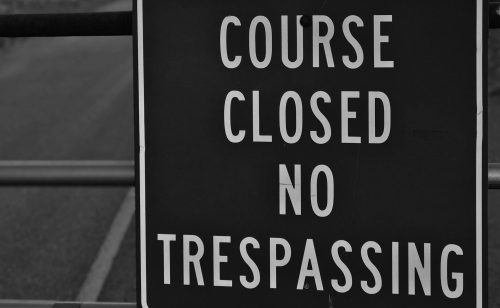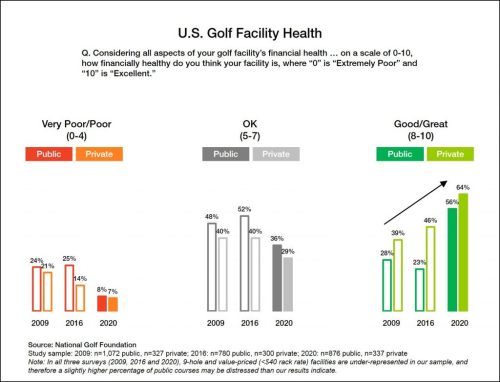Exclusive NGF Articles and Reports
Golf Course Closures Still Trending Downward
Member report: Closures on pace for lowest total in 17 years
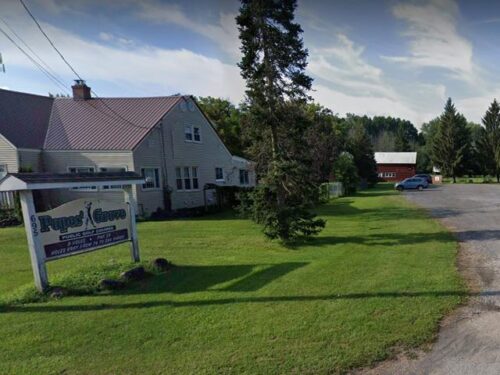
The ongoing correction in the world's richest golf market began in 2006 after an unprecedented, and unsustainable, 20-year golf course building boom. The recent slowdown in closures may indicate the market is moving closer to equilibrium.

U.S. Course Openings & Closures Trend
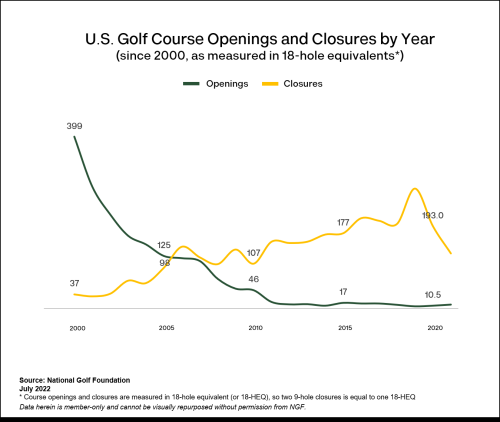

Net Changes in U.S. Facility Supply
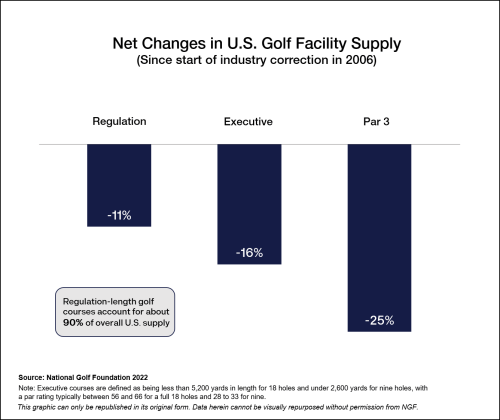

Is Golf Coming Up Short?
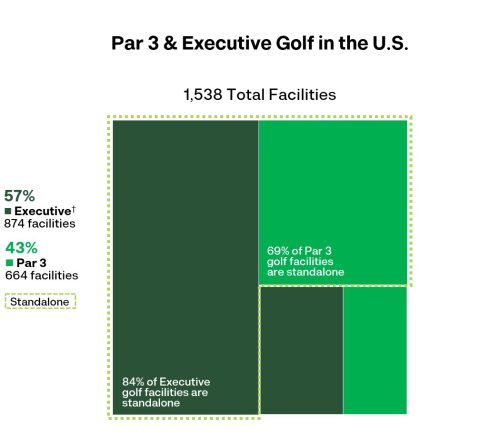
Are we really in the midst of a short course movement in golf? Yes. And no...

U.S. Golf Supply Changes
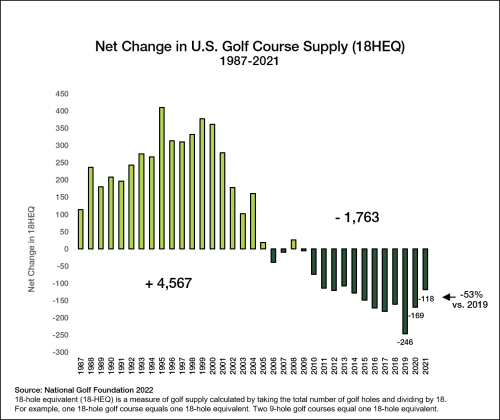

Not All Golf Course Closures Are Failures
Some owners plan exit strategies around high demand for real estate

The closing of a popular or once-popular golf course isn’t typically celebrated, but the reality is that not every golf course is destined to live forever. In some cases, a golf course served its purpose and its remnants will reward its users equally well, or even better. For some course owners, selling is a long-planned exit strategy.

Course Supply Leveling Out
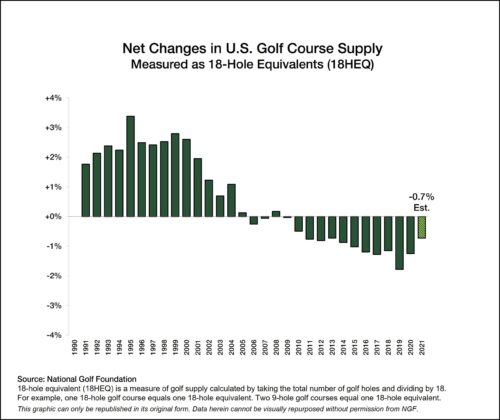
NGF's database team has seen a significant drop in a particular supply-based area during the first half of 2021. Could this be the year golf course supply in the U.S. levels out?

In an era when golf course closures far outweigh new openings – a market correction that’s the result of oversupply in the industry coupled with a strong demand for real estate -- here's a look at facilities that have escaped the chopping block. From the posh Wynn Golf Club on the Las Vegas Strip to a 9-hole layout in Nebraska that costs just $9 to walk on weekdays.
There was a 31% decline in 18HEQ course closures in 2020, the largest drop on record. Could golf be approaching the end of its 15-year market correction?
In 2009 and 2016, roughly a quarter of U.S. public golf courses admitted to being in bad shape, financially. Here's where things stand now, public and private.


